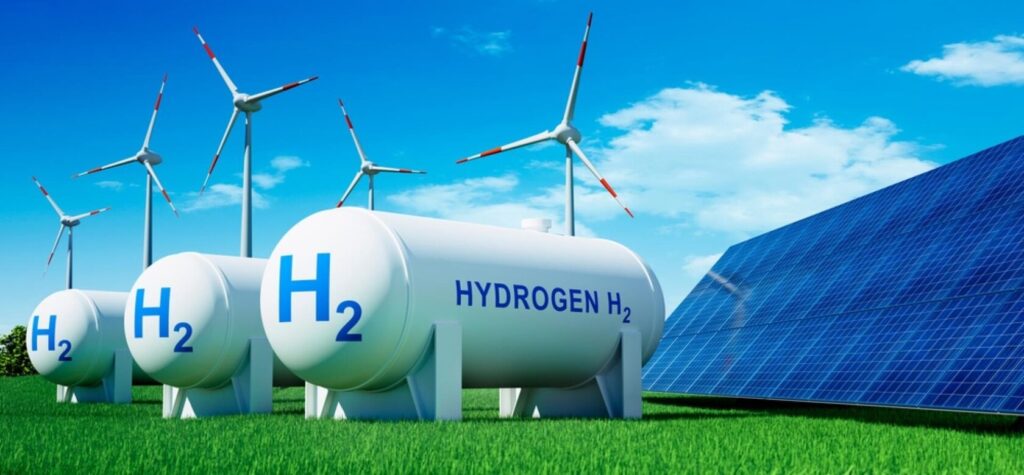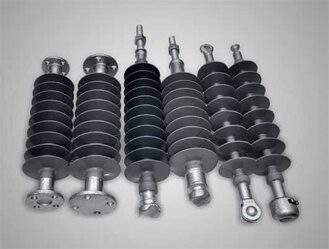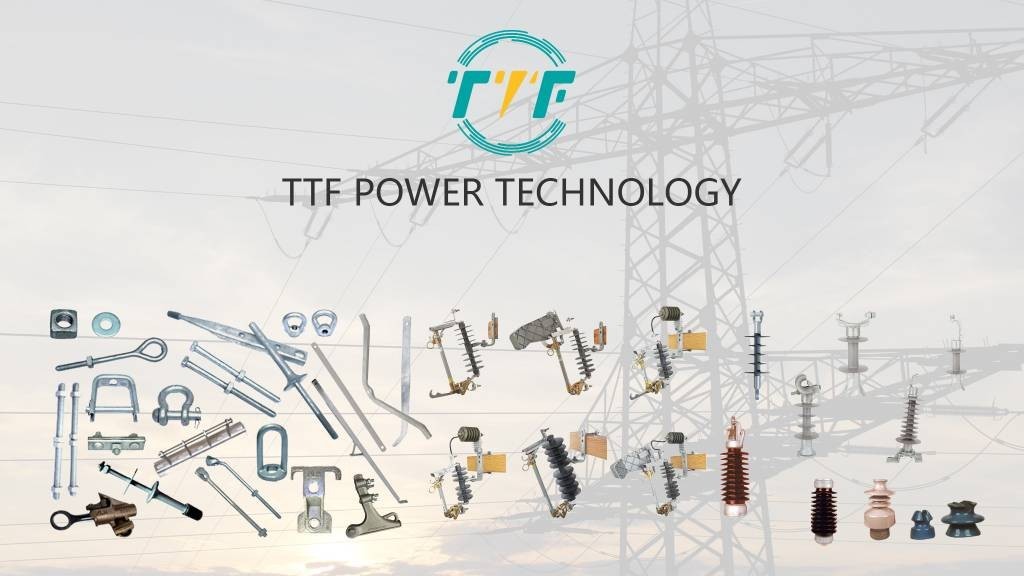
The electrification initiatives in South America offer many economic, social, and environmental advantages. Electrification enables access to rural regions, enhancing living conditions and promoting economic development. It also allows for trustworthy and cost-effective electricity for industrial growth. This stimulates economic activity in different sectors such as manufacturing and mining. The integration of renewable energy is essential for decarbonizing the energy sector and moving away from fossil fuel. This enhances the incorporation of renewable energy sources such as solar, wind, and hydropower into the energy mix. Electrification is promoting the use of electric vehicles, which lowers transportation emissions and enhances air quality. Distribution insulators isolate live conductors from the ground or other phases. Additionally, the insulators ease grid expansion, improve grid reliability, and simplify the shift to a sustainable energy future.
Distribution insulators are essential elements of smart grid systems that ease the incorporation of sophisticated metering infrastructure. Smart grid systems play a crucial role in electrification and the incorporation of renewable energy. Distribution insulators ease the expansion of power lines and ensure the dependable supply of electricity. They also ease the integration of distributed renewable energy sources like rooftop solar panels and small wind turbines. Durable distribution insulators are engineered to endure severe environmental conditions. This encompasses elevated temperatures, humidity, pollution, and intense winds. The insulating materials diminish power interruptions and enhance the dependability of electricity provision.
Roles of distribution insulators in electrification and renewable energy integration initiatives
Distribution insulators are essential elements of electrical systems that assist in the electrification and renewable energy integration initiatives in South America. The insulators provide reliability and safety for power distribution systems and ease the expansion of renewable energy initiatives. Distribution insulators play a crucial role in ensuring dependable power transmission, supporting renewable energy initiatives, and improving the robustness of distribution systems. The following are functions of distribution insulators in electrification initiatives.

- Electrical isolation—distribution insulators prevent the passage of electricity from power lines to the supporting structures. They safeguard employees, machinery, and the community from electrical risks.
- Promoting rural electrification—insulators are essential for establishing robust distribution networks. This helps deliver electricity to isolated and underprivileged areas. They ease electrification initiatives in difficult terrains.
- Improving grid dependability—insulators withstand weather-related issues to cut outages and interruptions. Distribution insulators improve the power grid’s stability and reliability.
- Integration of renewable energy—distribution insulators provide the necessary infrastructure for linking renewable energy sources. The insulators are able to endure variations in voltage and current resulting from sporadic energy sources.
- Facilitating high-voltage uses—distribution insulators assist in transferring energy over extensive distances. Composite insulators are more resilient, lighter, and ideal for high-voltage renewable systems.
- Environmental advantages—distribution insulators play a role in economical energy distribution systems. They lessen the need for regular replacements and promote eco-friendly energy solutions.
Main obstacles to electrification and the integration of renewable energy in South America.
South America has achieved notable progress in the electrification and incorporation of renewable energy. Nonetheless, it encounters several obstacles that could impede the advancement and effectiveness of the initiatives. Tackling these challenges will need synchronized policy initiatives, creative technologies, financial backing, and community involvement. This will assist the region in utilizing its renewable energy capabilities and reaching electrification targets. TTF is a world-class global provider of high quality overhead line hardware, transmission hardware, distribution hardware, conductors, insulators, cutout switches, anchoring and grounding products. Outlined below are the difficulties encountered in the electrification and renewable energy integration initiatives in South America.

- Infrastructure deficiencies—rural regions might not have enough and updated grid infrastructure. This results in expensive electrification processes. Current power grids might need upgrades to accommodate renewable energy sources.
- Variability in renewable energy—the fluctuating characteristics of solar and wind—presents difficulties for stable power production. Effective energy storage solutions restrict the capacity to keep excess renewable energy for use.
- Funding difficulties—renewable energy initiatives need significant upfront expenses. This may overburden budgets in developing countries. Small and medium enterprises encounter challenges in obtaining funding for renewable energy projects.
- Technical obstacles—the incorporation of renewable energy into conventional power grids requires innovative technologies. These include smart grids and energy management systems. A lack of workforce in renewable energy technologies, ranging from installation to maintenance, could also pose difficulties.
- Cross-border collaboration—the absence of unified energy markets and intercontinental energy initiatives—restricts the ability to share energy. Significant transmission losses happen when renewable energy is produced far from consumption areas.